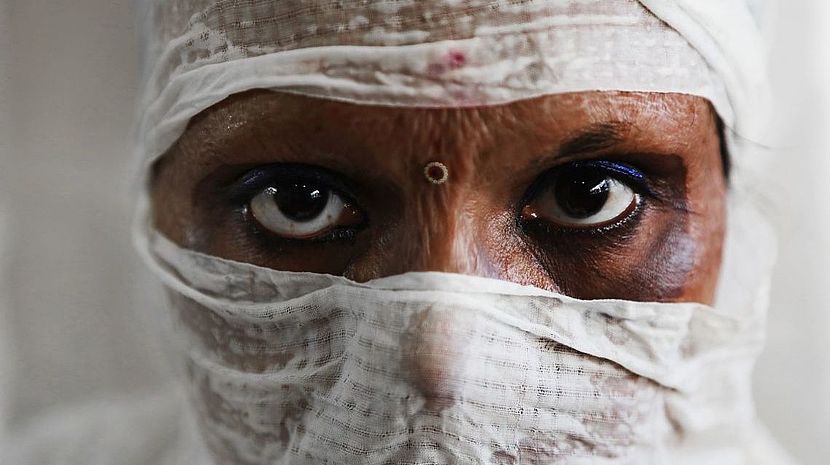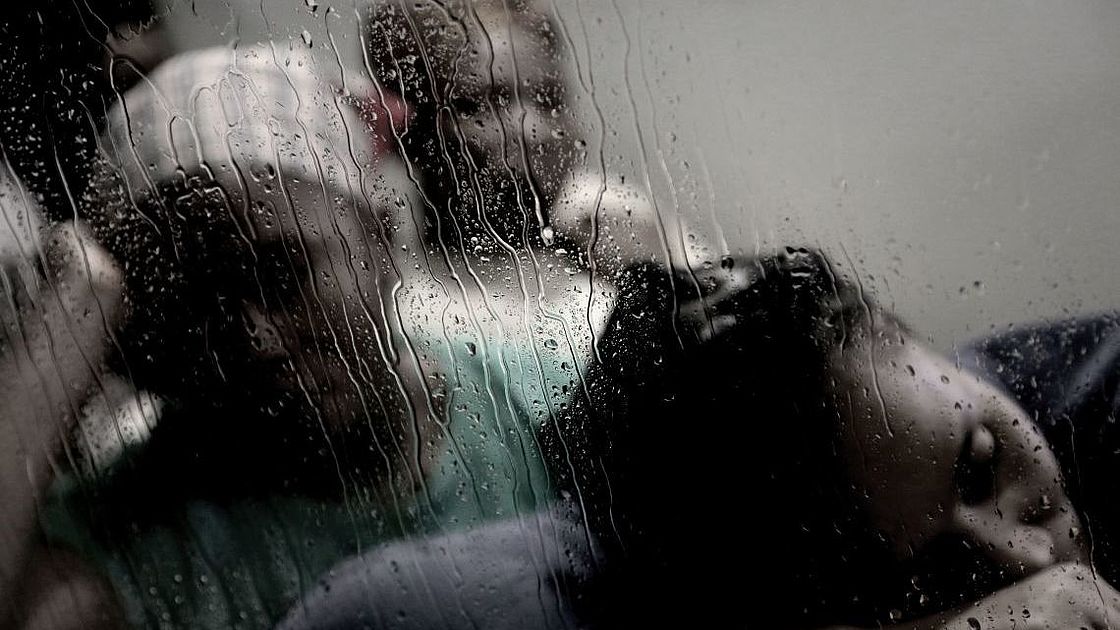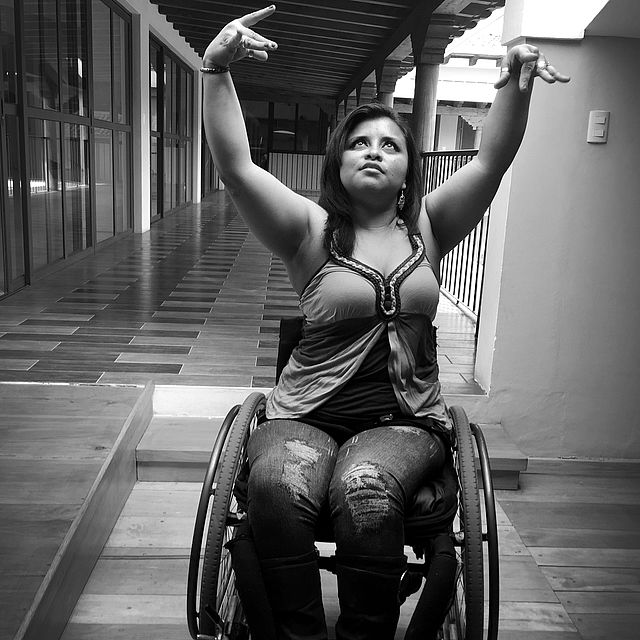Break the Silence:
End Gender-Based Violence Against Women with Disabilities

A victim of gender-based violence from India. She was attacked with acid by her husband.
©Silent Tears Project/Kavita Shetty
To truly leave no one behind and reach the furthest behind first, we need to ensure that women and girls with disabilities have access to health, education, social, legal and economic services to finally break the silence.
CBM Christian Blind Mission empowers women with disabilities to fight gender-based violence which can cause severe physical and mental health problems.
With a disability-inclusive focus, CBM is initiating discussions worldwide on how to structurally counter gender-based violence against women with disabilities. While women are at high risk of experiencing violence, this risk is even greater for women with disabilities.
According to UN Women, women and girls with disabilities are three times more likely to experience gender-based violence including by family, intimate partners, caregivers, and institutional facilities.
Forms of violence inflicted on women include physical and emotional abuse, rape and sexual assault, financial abuse, harassment, and trafficking.
"Although their stories may seem personal at first glance, they are in fact very political. Therefore, it is time to make their voices heard and support their right to self-determination for the countless women and girls with and without disabilities, who are constantly subjected to various forms of violence and discrimination," says Mira Ballmaier, Advocacy Officer at CBM.
Nowhere to run

©Silent Tears Project/Barrier Free
Women with disabilities need to be empowered because they are often afraid to report the abuse especially if they are dependent on the abuser. Those with intellectual disabilities often do not report the abuse which goes on unchecked for years. And those who have children remain silent for fear of losing custody of their children because courts may view their non-disabled partner as the "more competent parent".
When it comes to health issues, reproductive health or menstrual hygiene needs are rarely discussed openly. Women with disabilities are sometimes denied antenatal care. In many countries, they are physically and verbally abused by health workers who question their decision to have children. Women with physical disabilities are ridiculed if they cannot climb onto the delivery bed during labour. Those with visual or hearing impairments are unable to communicate with health workers.
Women with mental health problems such as schizophrenia are often raped and used for ritual practises in many developing countries.
"To truly leave no one behind and especially to reach the furthest behind first, we need to ensure that women and girls with disabilities have access to health, education, social, legal and economic services to finally break the silence," says Ballmaier
How CBM empowers women
Our work is guided by a human rights-based approach and focuses on empowering women with disabilities to make their voices heard.
The aim is to ensure that women with disabilities know their rights. Together with the Pakistani partner organisation Bedari and the UN Trust Fund to End Violence Against Women, CBM provides safety training for women and girls with disabilities in Punjab province. Female social workers provide education in schools and advocate for change with local authorities and the police. Our partners have established many self-help groups to empower women with disabilities.
In addition, we work with men to develop non-violent coping mechanisms to deal with their emotions and give them an active role in the change process in their community.

CBM developed recommendations for international development practitioners and organisations, governments, and policy makers to follow:
-
Identify institutional, attitudinal, environmental or communication and information barriers faced by women with different impairments.
-
Review your environment and the system in which you operate with particular attention to the legal system to ensure that women with disabilities have access to legal support and can testify in court.
-
Eliminate gender-specific risk factors: equal access to education, the labour market, health services and in particular, protection from violence must be ensured through targeted and inclusive measures.
-
Change your project cycle management to an inclusive project cycle: Plan concrete interventions for women and girls with disabilities and consider them as both beneficiaries and leaders.
-
Collect and analyse data on the living situation of women with disabilities. Only when success or failure becomes measurable does the pressure on those responsible increase.